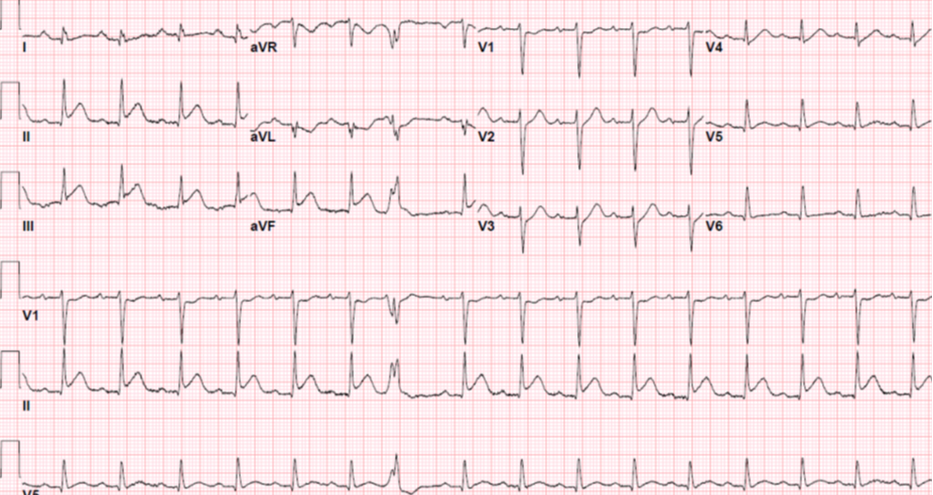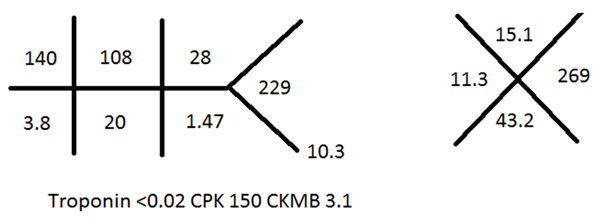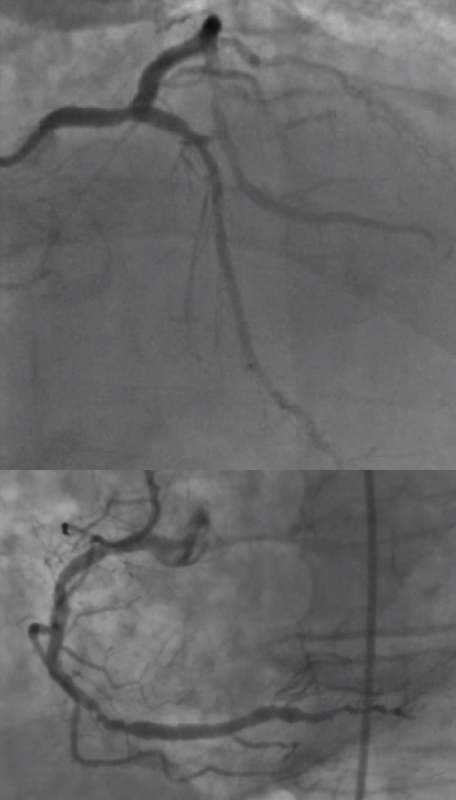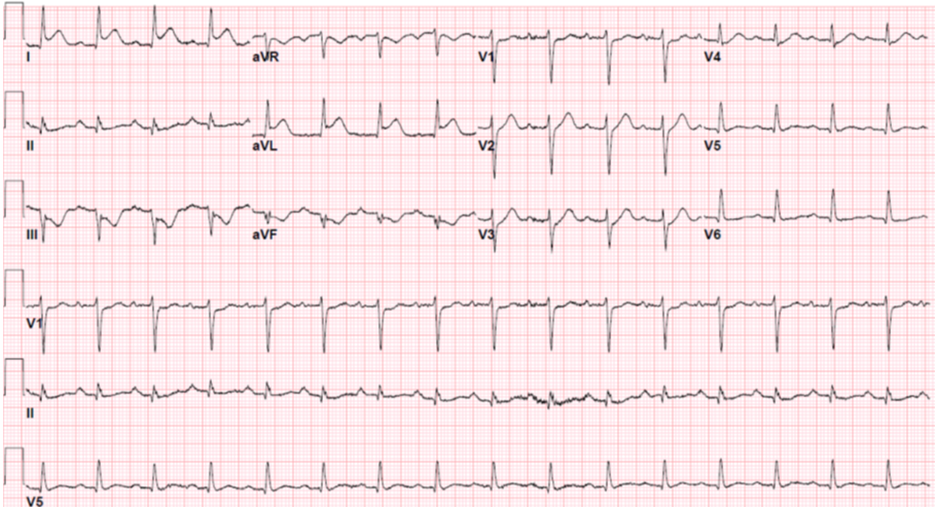Urgent PCI From Urgent Care
You are asked to come emergently to the emergency department to evaluate an 83-year-old man with an ST-segment elevation myocardial infarction (STEMI). He has a history of myocardial infarction 20 years ago, which was treated medically. He presented to an urgent care center with a chief complaint of substernal chest pressure for 1 hour. The pain was moderate in intensity, associated with shortness of breath, and unchanged by coughing and deep breathing, leaning forward, or lying down. Since his transfer from the urgent care to the emergency department, the pain had become severe. His initial electrocardiogram (ECG) (Figure 1), laboratory data (Figure 2), and representative coronary angiograms (Figure 3) follow.
Figure 1
Figure 2
Figure 3
After administering appropriate pharmacotherapy prior to percutaneous coronary intervention (PCI) during STEMI, what is the next most appropriate step?
Show Answer




